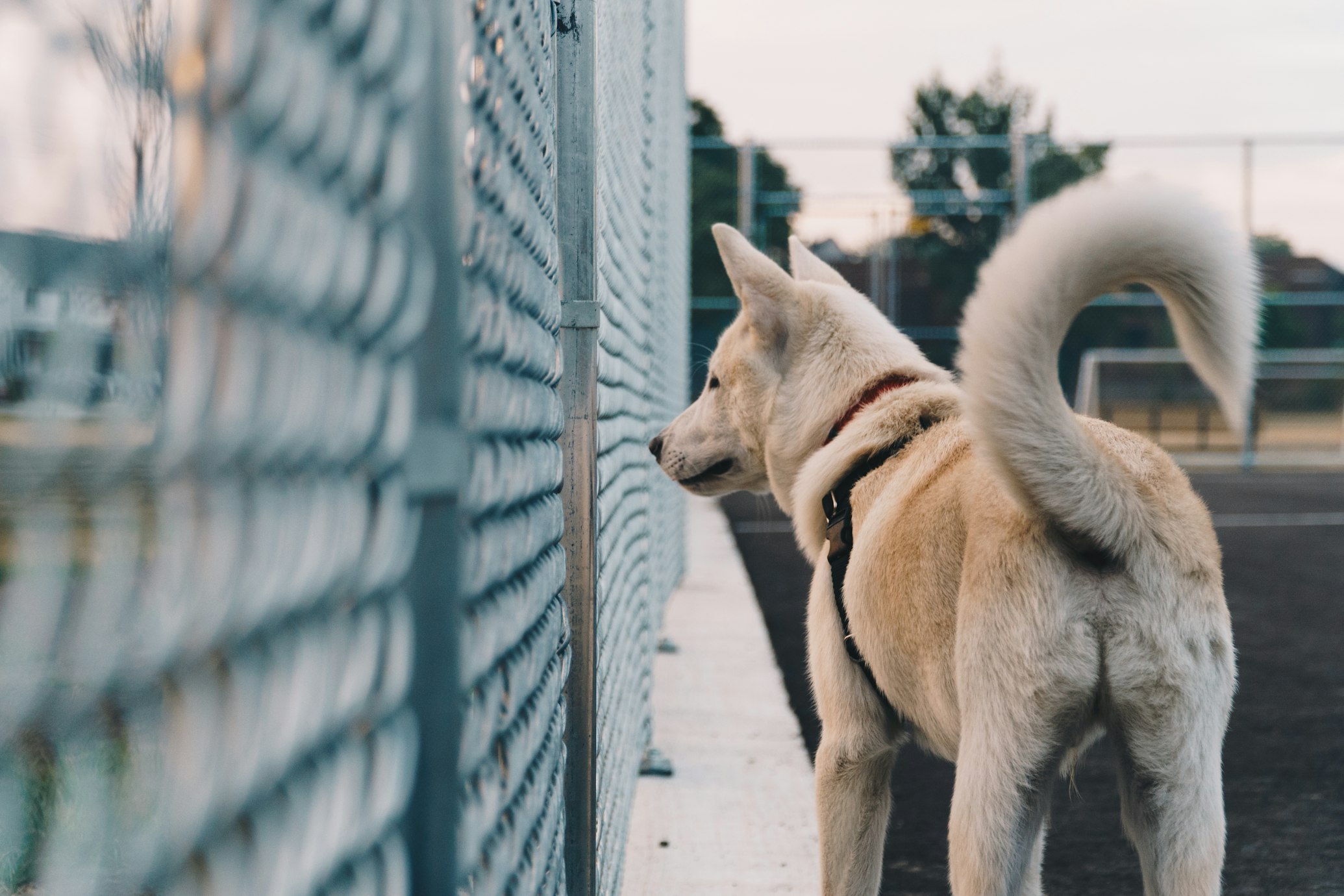What's Your Dog's Tail Telling You?
Friday, January 13, 2023 11:46:00 AM America/Los_Angeles
A pup’s wagging tail is an expected greeting for dog pawrents everywhere, followed by other signs of excitement and joy. But did you know that tail wagging communicates a variety of emotions ranging from happiness to aggression?
Photo by Hermes Rivera
Excited Wagging
The famous happy wag is the one that everyone sees on TV commercials and thinks of when imagining an excited pooch. A raised, high tail that wags quickly from side to side signals a doggo who is feeling cheery and eager. Especially excited dogs may appear to be doing a whole body wag that’s accompanied by other full body movements such as jumping and spinning.
Curious Wagging
Perked ears, a cocked head, and a slow wag may mean that your furry one is feeling curious. We might notice this type of wag when our canine companions encounter something novel like a new critter they’ve never seen before or a treat that smells interesting but different from what they’re used to.
Weary Wagging
Unlike an excited wag, a weary wag is low and slow. A new environment or new people can trigger this type of wag to show nervousness. Or, it can also show uncertain expectation such as when a pooch isn’t sure if their pawrent will open the door to let them out or not.
Think your furry one may be communicating her potty needs? A real bark pee pad like Bark Potty is the perfect indoor dog bathroom for your pup’s needs. Your dog is sure to wag for a wee wee pad that satisfies their natural instincts!
Aggressive Wagging
Despite popular belief, wagging can also signal aggression. Usually other body language will reveal if the wag is motivated by less than friendly feelings: wrinkled snout, raised hair, and pointed ears along with a stiff raised tail are just a few ways that canines communicate aggression. If you notice your furball exhibiting signs of aggression, remove them from the stressful situation as soon as possible.
No Wagging
No wagging could demonstrate a strong sense of fear or alertness – similar to a human who has a frozen “deer in headlights” look. But just because a doggo isn’t giving a full-body wag doesn’t mean that they’re scared or unhappy. A pup who’s resting or relaxing may have their tails happily tucked around their body instead. Context should be enough to provide clues about what exactly your dog’s lack of wagging really means.
